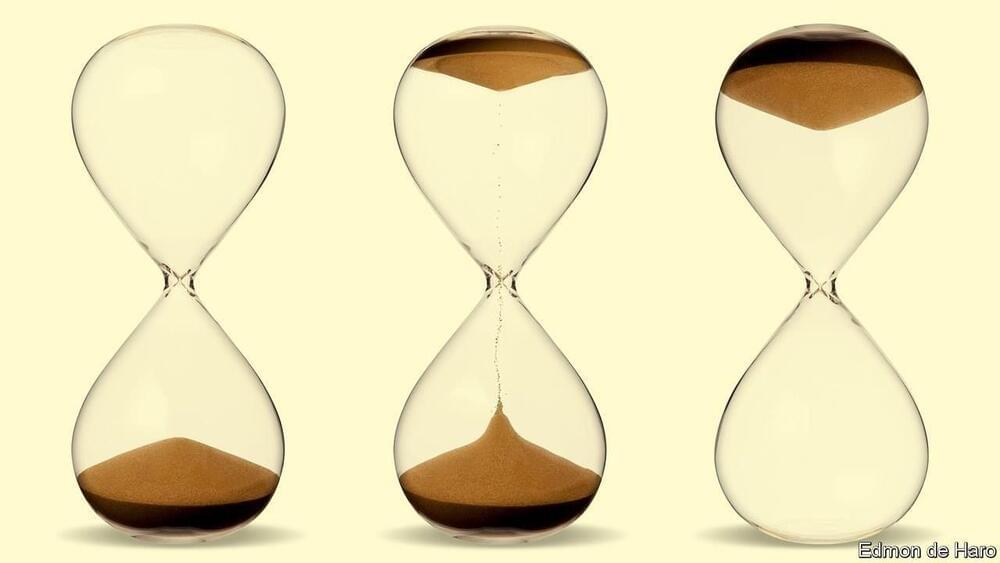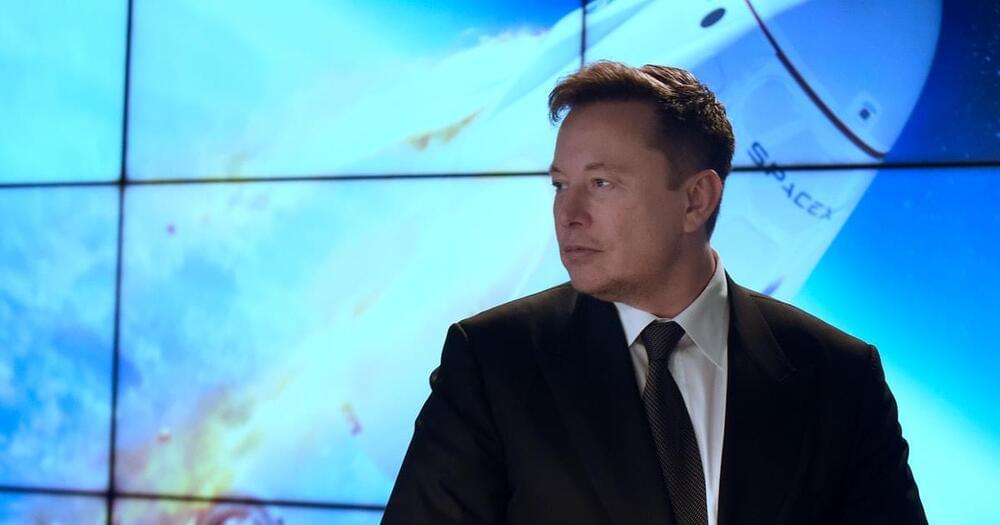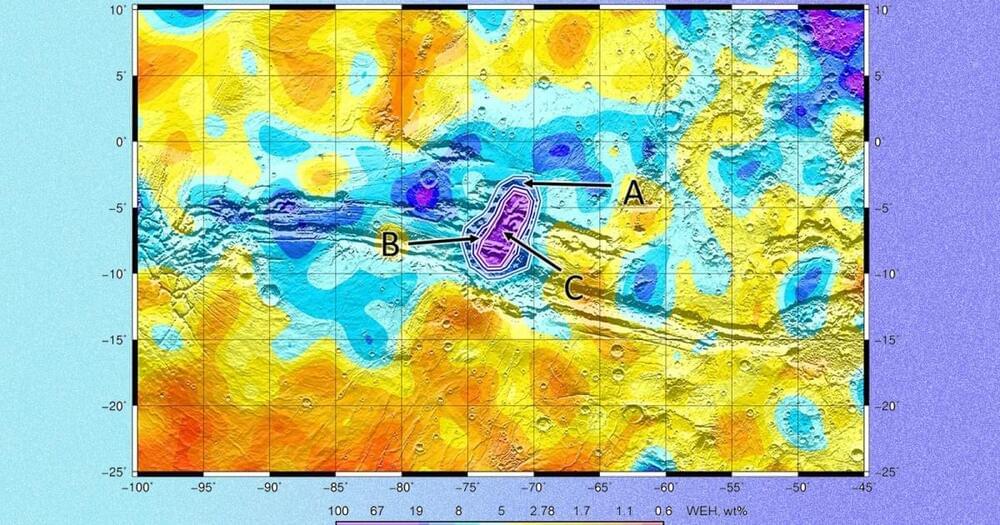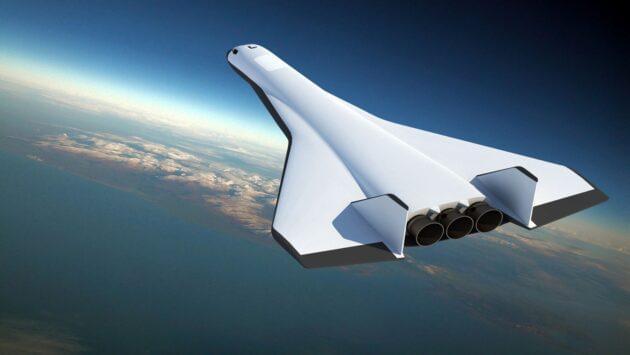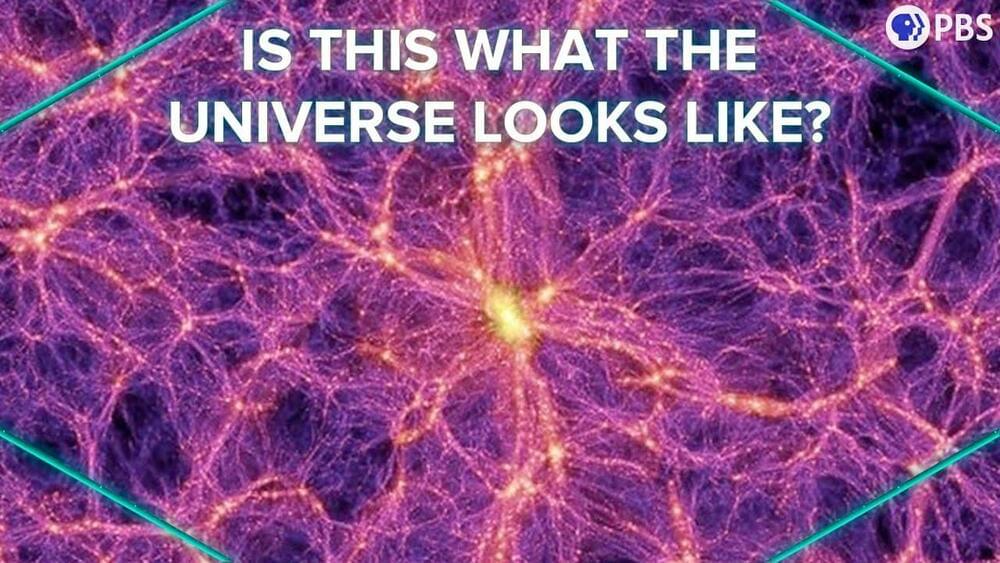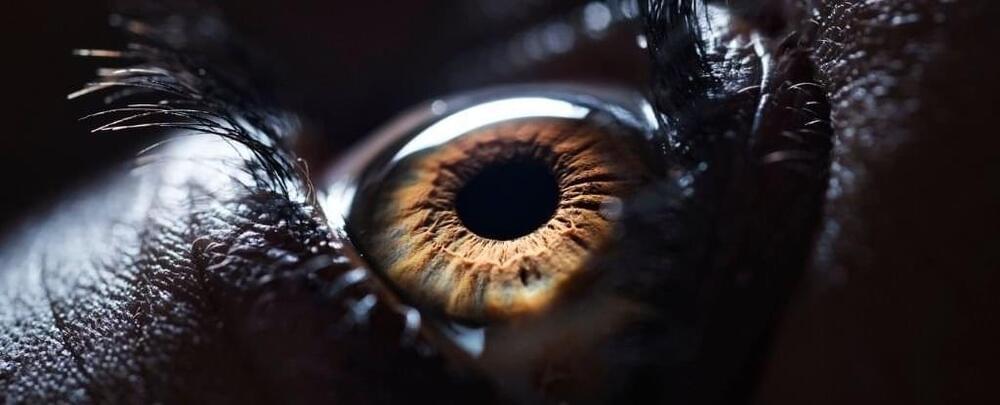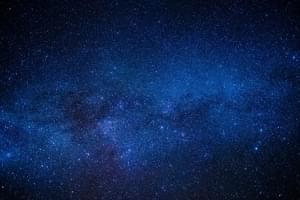Rejuvenation has been a fantasy since the dawn of storytelling. Could an instant unicorn make it come true? | Science & technology.
Hardware company uses neutral atom design while algorithm experts integrate quantum algorithms into existing software platforms.
Pasqal is combining its neutral atom-based hardware with Qu&Co’s algorithm portfolio to launch a combined quantum computing company based in Paris with operations in seven countries. The companies announced the merger Tuesday, Jan. 11.
Musk is sounding a familiar alarm. But the math might not add up.
SpaceX CEO Elon Musk is sounding the alarm, as data sparks concern over global population figures.
Scientists have discovered a huge store of hidden water on Mars — and it could be the key to human survival on the Red Planet.
The challenge: Researchers have already discovered ice water on Mars at or near the surface of its frigid poles. They’ve also found evidence of water — either in the form of ice or bound to minerals in the soil — deep underground closer to the Red Planet’s equator.
What they really want, though, is near-surface water closer to the equator. That’s where future Mars explorers are likely to land, and an accessible source of water would be hugely useful for their missions, not only for drinking and growing food, but also for creating oxygen and fuel.
Excellent news.
More than five years after its founding, Renton, Wash.-based Radian Aerospace is emerging from stealth mode and reporting a $27.5 million seed funding round to support its plans to build an orbital space plane.
The round was led by Boston-based Fine Structure Ventures, with additional funding from EXOR, The Venture Collective, Helios Capital, SpaceFund, Gaingels, The Private Shares Fund, Explorer 1 Fund, Type One Ventures and other investors.
Radian has previously brought in pre-seed investments, but the newly announced funding should accelerate its progress.
They say the booster will stop omnicron o.o! So it could be the end of it but they say they still don’t know when it will end yet.
Dr. Anthony Fauci said the omicron variant could bring an end to the COVID-19 pandemic. Read more about what Dr. Fauci thinks is the COVID pandemic.
This series is absolutely fantastic. Especially for Transhumanist non-astrophysicists like me!
Thank you to Wren for supporting PBS. To learn more, go to https://wren.co/start/spacetime.
PBS Member Stations rely on viewers like you. To support your local station, go to: http://to.pbs.org/DonateSPACE
A quick and pain-free scan of the human eyeball could one day help doctors identify ‘fast agers’, who are at greater risk of early mortality.
A major milestone has just been reached in quantum computing.
Three separate teams around the world have passed the 99 percent accuracy threshold for silicon-based quantum computing, placing error-free quantum operations within tantalizing grasp.
In Australia, a team led by physicist Andrea Morello of the University of New South Wales achieved 99.95 percent accuracy with one-qubit operations, and 99.37 percent for two-qubit operations in a three-qubit system.
How many black holes are out there in the Universe? This is one of the most relevant and pressing questions in modern astrophysics and cosmology. The intriguing issue has recently been addressed by the SISSA Ph.D. student Alex Sicilia, supervised by Prof. Andrea Lapi and Dr. Lumen Boco, together with other collaborators from SISSA and from other national and international institutions. In a first paper of a series just published in The Astrophysical Journal, the authors have investigated the demographics of stellar mass black holes, which are black holes with masses between a few to some hundred solar masses, that originated at the end of the life of massive stars. According to the new research, a remarkable amount around 1% of the overall ordinary (baryonic) matter of the Universe is locked up in stellar mass black holes. Astonishingly, the researchers have found that the number of black holes within the observable Universe (a sphere of diameter around 90 billions light years) at present time is about 40 trillions, 40 billion billions (i.e., about 40 × 1018, i.e. 4 followed by 19 zeros!).
A new method to calculate the number of black holes
As the authors of the research explain: This important result has been obtained thanks to an original approach which combines the state-of-the-art stellar and binary evolution code SEVN developed by SISSA researcher Dr. Mario Spera to empirical prescriptions for relevant physical properties of galaxies, especially the rate of star formation, the amount of stellar mass and the metallicity of the interstellar medium (which are all important elements to define the number and the masses of stellar black holes). Exploiting these crucial ingredients in a self-consistent approach, thanks to their new computation approach, the researchers have then derived the number of stellar black holes and their mass distribution across the whole history of the Universe.
